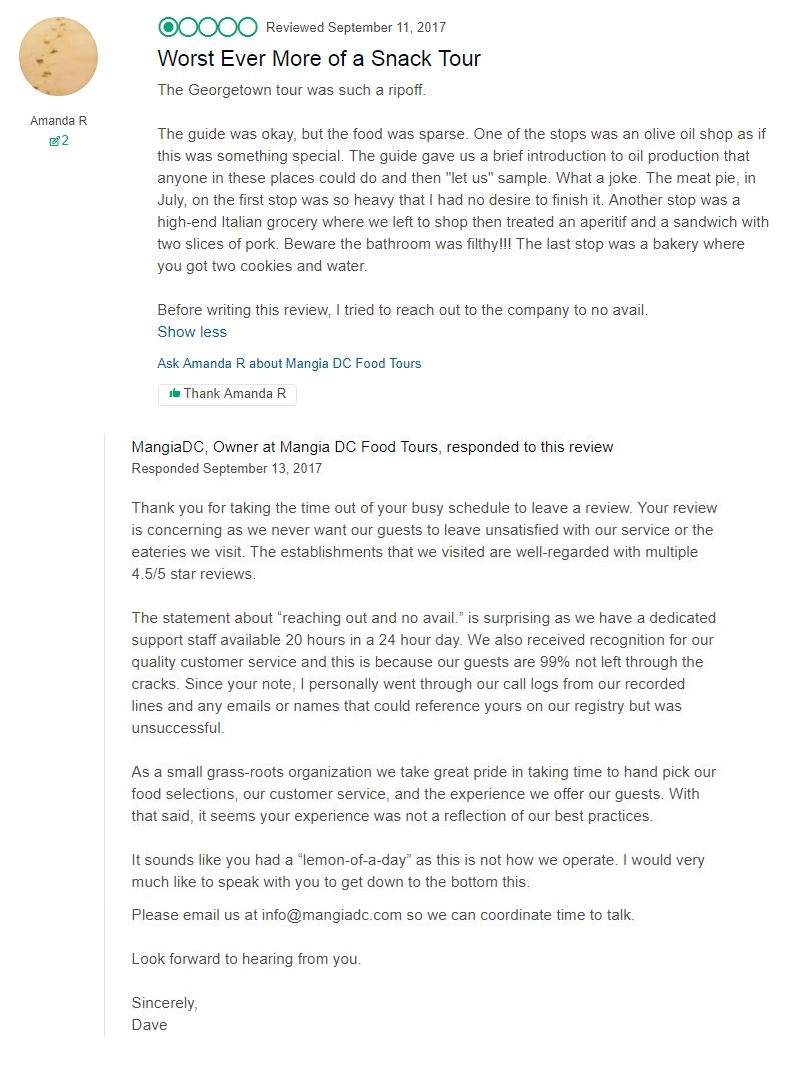Flash Flood Emergencies: Causes, Impacts, And Safety Precautions

Table of Contents
Causes of Flash Floods
Flash floods, characterized by a rapid and sudden rise in water levels, are triggered by several factors. Understanding these causes is the first step in mitigating their devastating effects.
Intense Rainfall
The most common cause of flash floods is intense rainfall over a short period. Several inches of rain falling in just a few hours can overwhelm drainage systems, leading to rapid flooding. This is especially true in areas with saturated ground, where the soil is already full of water and unable to absorb more. Inadequate drainage infrastructure, such as insufficient storm drains or clogged culverts, exacerbates the problem, accelerating the accumulation of water and increasing the risk of flash flooding.
- Short duration, high-intensity rainfall: The key characteristic of rainfall leading to flash floods.
- Saturated ground: Pre-existing moisture reduces the ground's absorption capacity.
- Inadequate drainage: Poorly maintained or insufficient drainage systems worsen the impact.
- Example: A sudden, powerful thunderstorm can quickly overwhelm a city's drainage system, causing widespread flash flooding within minutes.
Dam Failures
Dam failures can trigger catastrophic flash floods downstream. A breach in a dam's structure releases a massive volume of water, causing devastating flooding in a short time. Regular dam maintenance, rigorous safety inspections, and adherence to strict engineering standards are vital in preventing such disasters. Historical examples of dam failures, like the Johnstown Flood of 1889, serve as stark reminders of the potential consequences.
- Dam breach: Structural failure leading to uncontrolled water release.
- Downstream impact: Catastrophic flooding affecting communities far from the dam.
- Importance of maintenance: Regular inspections and upkeep are crucial for dam safety.
- Historical examples: Studying past dam failures highlights the need for robust safety protocols.
Mudslides and Debris Flows
Heavy rainfall can saturate slopes, triggering mudslides and debris flows. These landslides can quickly obstruct rivers and streams, causing water to back up and overflow, leading to flash flooding. Mountainous or hilly areas are particularly vulnerable to this type of flash flooding due to their steep terrain. The destructive power of mudslides and debris flows is immense, posing a significant threat to life and property.
- Landslides obstructing waterways: Mudslides and debris flows act as dams, causing water to build up.
- Increased risk in mountainous areas: Steep slopes increase the likelihood of landslides.
- Destructive power: Mudslides carry debris and boulders, causing significant damage.
- Threat to life and property: The rapid onset and destructive force endanger lives and destroy infrastructure.
Rapid Snowmelt
In areas with significant snowpack, unusually rapid snowmelt, often accelerated by warm temperatures and heavy rainfall, can overwhelm rivers and streams, causing flash flooding. This phenomenon is common in spring, especially if a period of cold weather is followed by a sudden warming trend. Geographical areas with high elevations and significant snowfall are particularly susceptible to flash flooding from rapid snowmelt.
- Warm temperatures and rainfall: These factors accelerate snowmelt.
- Overwhelmed waterways: Rivers and streams cannot handle the sudden increase in water volume.
- Geographical vulnerability: High-elevation regions with heavy snowfall are at higher risk.
- Predictability challenges: Predicting rapid snowmelt and its impact can be difficult.
Impacts of Flash Floods
The impacts of flash floods are far-reaching and devastating, affecting lives, property, and the environment.
Loss of Life and Injuries
Flash floods pose an immediate threat to life and limb. The swift currents can easily sweep people away, resulting in drowning. Debris carried by the floodwaters can cause serious injuries. Exposure to cold water can lead to hypothermia, further complicating rescue efforts. The psychological trauma experienced by survivors is also significant and often long-lasting.
- Drowning: The most common cause of death in flash floods.
- Injuries from debris: Impact from floating objects and building debris.
- Hypothermia: Cold water immersion can lead to life-threatening temperature drops.
- Psychological trauma: The emotional effects of experiencing a flash flood are significant.
Property Damage
Flash floods cause widespread and extensive property damage. Homes and businesses are often destroyed, leading to significant economic losses. The damage encompasses structural damage, water damage, and the loss of irreplaceable personal belongings. Infrastructure, including roads, bridges, and utilities, can be severely damaged, disrupting services and hindering recovery efforts.
- Structural damage: Flooding can compromise the foundations and integrity of buildings.
- Water damage: Flooding causes extensive damage to furniture, appliances, and other possessions.
- Loss of belongings: Irreplaceable items like photos and documents are often lost.
- Economic impact: Repair costs and business disruptions have a significant economic toll.
Environmental Consequences
The environmental consequences of flash floods are substantial. Water pollution occurs due to contaminated runoff, affecting water quality and harming aquatic life. Soil erosion strips away topsoil, harming agricultural lands and increasing the risk of future flooding. Wildlife habitats are disrupted, and the spread of waterborne diseases is a significant concern.
- Water pollution: Contaminated runoff pollutes rivers and streams.
- Soil erosion: Loss of topsoil reduces land fertility and increases sedimentation.
- Habitat disruption: Wildlife habitats are damaged, affecting biodiversity.
- Waterborne diseases: Contaminated water can spread various diseases.
Safety Precautions During Flash Flood Emergencies
Being prepared is paramount to surviving a flash flood.
Before a Flash Flood
Proactive steps are crucial in minimizing the risks associated with flash floods.
- Develop a family communication plan: Establish a meeting place and contact methods.
- Identify evacuation routes: Know multiple ways to reach higher ground.
- Prepare an emergency kit: Include food, water, first-aid supplies, medications, and important documents.
- Sign up for emergency alerts: Receive timely warnings through weather alerts and local emergency services.
During a Flash Flood
Immediate action is vital during a flash flood.
- Move to higher ground immediately: Don't wait for instructions; get to safety.
- Avoid walking or driving through floodwaters: Floodwaters can be deceptively deep and swift.
- Turn around, don’t drown: Never attempt to drive or walk through flooded areas.
- Stay away from downed power lines: Downed power lines pose a severe electrocution risk.
After a Flash Flood
Post-flood safety is just as important as pre and during-flood preparedness.
- Check for injuries and seek medical attention if needed: Assess yourself and others for injuries.
- Report damage to authorities: Contact local emergency services and insurance companies.
- Avoid floodwaters as they may be contaminated: Stay clear of floodwaters to avoid disease.
- Follow instructions from emergency officials: Obey all instructions from rescue and emergency personnel.
Conclusion
Flash floods are a serious threat, but understanding their causes and taking appropriate safety precautions can significantly reduce the risks. By being prepared and aware of the potential impacts, you can protect yourself, your family, and your community from the devastating consequences of a flash flood emergency. Remember, preparation and awareness are key to surviving a flash flood. Learn more about flash flood safety and create a comprehensive emergency plan for your household today. Stay informed about weather alerts and heed warnings about potential flash flood events. Don't wait; prepare for flash floods now!

Featured Posts
-
 La Fires Fuel Landlord Price Gouging Claims A Selling Sunset Perspective
May 25, 2025
La Fires Fuel Landlord Price Gouging Claims A Selling Sunset Perspective
May 25, 2025 -
 Actress Mia Farrow Demands Trump Be Jailed For Venezuelan Deportation Policy
May 25, 2025
Actress Mia Farrow Demands Trump Be Jailed For Venezuelan Deportation Policy
May 25, 2025 -
 Is Naomi Campbell Banned From The 2025 Met Gala A Look At The Anna Wintour Feud
May 25, 2025
Is Naomi Campbell Banned From The 2025 Met Gala A Look At The Anna Wintour Feud
May 25, 2025 -
 Southern Vacation Hot Spot Responds To Negative Safety Rating After Shooting
May 25, 2025
Southern Vacation Hot Spot Responds To Negative Safety Rating After Shooting
May 25, 2025 -
 Memorial Service Held Sunday For Hells Angels Member Craig Mc Ilquham
May 25, 2025
Memorial Service Held Sunday For Hells Angels Member Craig Mc Ilquham
May 25, 2025
Latest Posts
-
 Controverse Baffie Ardisson Sexisme A La Television Francaise
May 25, 2025
Controverse Baffie Ardisson Sexisme A La Television Francaise
May 25, 2025 -
 L Affaire Baffie Ardisson Repond Aux Accusations De Sexisme
May 25, 2025
L Affaire Baffie Ardisson Repond Aux Accusations De Sexisme
May 25, 2025 -
 Baffie Et Ardisson Polemique Sur Les Blagues Sexistes A La Television
May 25, 2025
Baffie Et Ardisson Polemique Sur Les Blagues Sexistes A La Television
May 25, 2025 -
 Hells Angels Myths And Realities
May 25, 2025
Hells Angels Myths And Realities
May 25, 2025 -
 Une Soiree Avec Thierry Ardisson 50 Personnes Histoires Inattendues
May 25, 2025
Une Soiree Avec Thierry Ardisson 50 Personnes Histoires Inattendues
May 25, 2025
